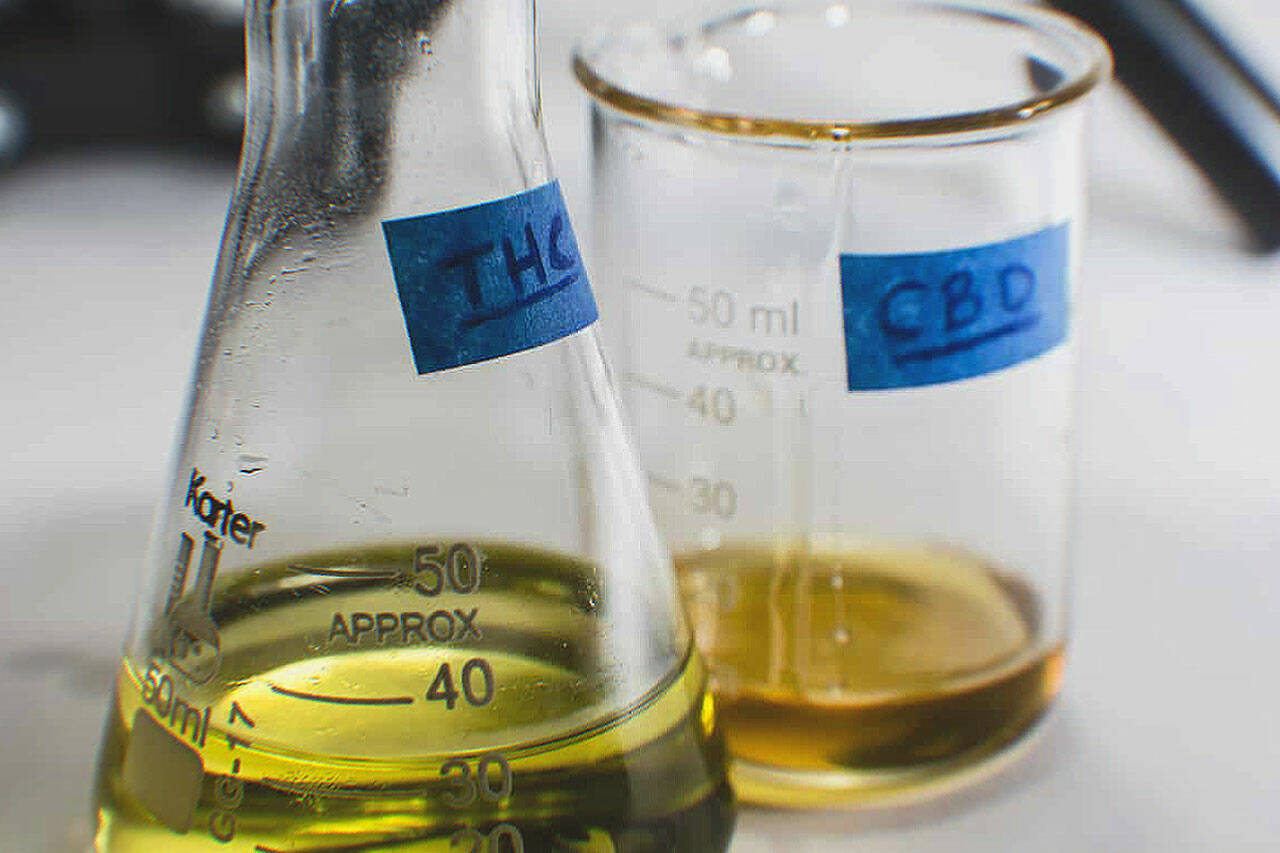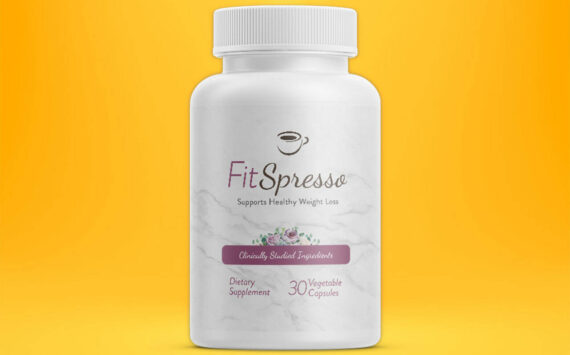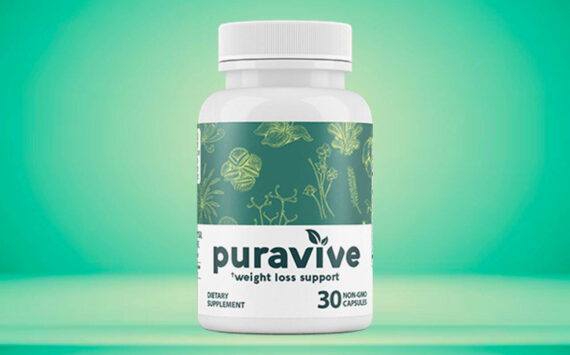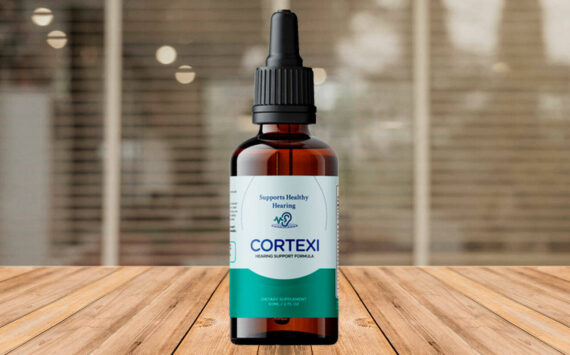By now, you’ve surely heard of cannabidiol, more commonly referred to as CBD. After all, it’s become so mainstream that it’s hard to go anywhere without seeing these products all over the shelves.
So, why has it suddenly surged in popularity? Research indicates that it has a variety of health and wellness benefits. While it’s true that CBD products are cannabis-based, they contain little to no THC, so you won’t get the psychoactive effects associated with marijuana. Legally, these products must contain no more than 0.3% THC.
If you are new to the world of CBD, the wide variety of products and dosages can be a bit overwhelming. You may not be sure where to start, what product to choose, or how to find the best dosage. Don’t worry too much though, in this article, we’ll explain the various options for CBD, as well as how much you should take to start with.
How Do You Want to Use CBD?
There are so many ways that you can get CBD into your system. This is one of the first decisions you’ll need to make. Options for using CBD include:
- Smoking
- Vaping
- Oils/tinctures
- Edibles
- Topicals
Smoking
The quickest way to get CBD into your system is to inhale it. If cannabis is legal in your state or if you have CBD dispensaries, you can typically find CBD flower, also referred to as “bud”, with little to no THC.
Vaping
If you don’t want to smoke, CBD vapes are a great way to get it into your system. They are convenient, discrete, and fast-acting. That being said, it’s important that you are diligent about buying your vape products from a legal dispensary because there are counterfeit products on the market. These contain things that you don’t need in your lungs, such as vitamin E acetate. Also, keep in mind that even with the legit vapes, it’s still not good for your lungs.
Oils/Tinctures
Many people believe these terms are interchangeable. However, they are actually different:
- Oils have higher concentrations of CBD- they are more potent
- Tinctures are alcohol-based and less potent
Both work by sublingual absorption, meaning if you hold it under your tongue before swallowing, it will be absorbed through the membranes in your mouth. This allows it to get into your bloodstream quickly.
Edibles
There’s a wide variety of CBD capsules, edibles, drinks, and more. These all work similarly by traveling through your digestive system. They get into your bloodstream 30 minutes to 2 hours after ingestion.
Topicals
The term “topical” refers to CBD ointments, lotions, creams, etc. They are a great option for localized pain/inflammation. You will also find transdermal patches, which offer a more sustained, long-term release.
Another option that seems to be popular right now is CBD bath bombs. By soaking in a CBD-infused bath, you get full-body relaxation. You can even find CBD lubes that can ease pain and spark your libido.
How Much Should You Take?
When it comes to cannabis, the most important rule is to start with a low dose and increase it slowly.
If you’re inhaling CBD, it’s hard to measure your dosage in milligrams. However, the good thing is, that you get instant results. If a few puffs get you relaxed but not too much- that is probably where you need to be.
It’s important to understand that everyone is different and therefore responds to CBD differently. There really is no such thing as a standard dose since it’s used in different ways for different conditions.
Additionally, there are different varieties of CBD – broad spectrum, full spectrum, and CBD isolate- which may require different dosages.
Below are some quick suggestions for CBD isolate versus full-spectrum CBD. The primary difference between full spectrum and broad spectrum is that full spectrum can contain up to 0.3% THC, while broad spectrum doesn’t contain any. CBD isolate is a CBD-only formulation.
Finding the Right CBD Isolate Dosage
Please keep in mind these are general guidelines for first time users. In order to determine the most appropriate dosage for your needs, you should speak with your medical provider.
- Day 1: start with 25 milligrams
- Day 2 & 3: if 25 milligrams worked, stick with it. If it was too much, decrease dosage to 10 milligrams
- Day 4: if you have not achieved desired effects, increase to anywhere between 35 and 50 milligrams
- Day 5: reduce back to 25 milligrams if higher dose is too much- but if it works, stay within that range for a few days
Continue increasing dosage every few days and observing the effects. Most adults find that with a CBD isolate, the ideal range is 25 to 75 milligrams.
Finding the Right Full-Spectrum CBD Dosage
- Day 1 & 2: 5 milligrams
- Day 3: 10 milligrams, if desired effects have not been achieved
- Day 4: 10 milligrams
- Day 5: 15 milligrams, if desired effects have not been achieved
- Day 6: 15 milligrams
- Day 7: 20 milligrams, if desired effects have not been achieved
- Day 8: 20 milligrams
- Day 9: 25 milligrams, if desired effects have not been achieved
Continue going like this, increasing dosage by 5 milligrams every other day until you achieve max results. If you experience any undesirable effects such as dizziness or nausea, reduce dosage.
What you are looking for is your max effective dose where you get the most benefit without overdoing it.
Conclusion
CBD is becoming a popular way to naturally treat a variety of conditions. However, it can be confusing to find the right product- and then, once you find the right product, it’s hard to determine the appropriate dosage.
Everyone is different and has different needs. It will take some trial and error, but it can be done. The good thing is that CBD is generally well-tolerated. Potential side effects are mild and include diarrhea, changes in appetite, and too much sedation. If you’re interested in using CBD, take your time and find the best CBD Oil product and dosage for you.
References
“Broad Spectrum CBD Oil, Capsules, Edibles: Definition & Benefits.” CFAH, 27 Apr. 2021, cfah.org/broad-spectrum-cbd-oil/.
“Cannabis: Uses, Side Effects, Interactions, Dosage, and Warning.” Webmd.com, 2019, www.webmd.com/vitamins/ai/ingredientmono-947/cannabis.
CDCTobaccoFree. “Outbreak of Lung Injury Associated with the Use of E-Cigarette, or Vaping, Products.” Centers for Disease Control and Prevention, 19 Nov. 2019, www.cdc.gov/tobacco/basic_information/e-cigarettes/severe-lung-disease.html#key-facts-vit-e.
“Full-Spectrum CBD Oil: What Is It and How It Does Works?” CFAH, 2 July 2021, cfah.org/what-is-full-spectrum-cbd/.
Harris, Dorothy. “What Is THC (Tetrahydrocannabinol)?” CNBS, www.cnbs.org/cannabinoids/thc-tetrahydrocannabinol/.
WebMD. “Cannabidiol (Cbd): Uses, Side Effects, Interactions, Dosage, and Warning.” Webmd.com, 2019, www.webmd.com/vitamins/ai/ingredientmono-1439/cannabidiol-cbd.
“What Is CBD Isolate? Uses, Health Benefits, Effects.” CFAH, 27 Apr. 2021, cfah.org/cbd-isolate/.





